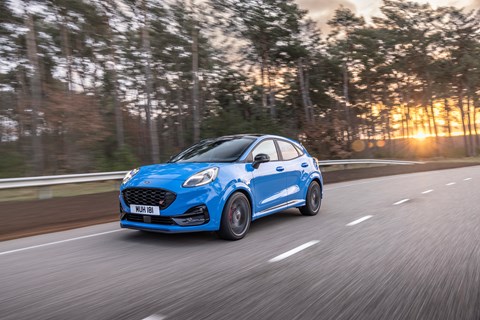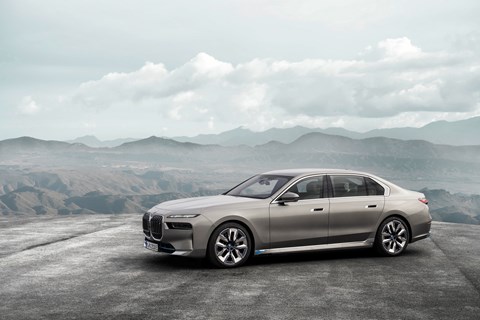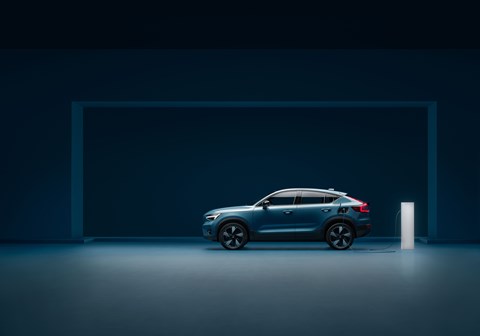► Hybrid cars compared to EVs
► What’s the difference?
► The Pros and Cons revealed
Buying a car is always a complex decision, but in 2023 there are even more options to choose from. In addition to body styles such as estates, SUVs and hatches, the method of propulsion you pick is a crucial part of the buying decision. An incoming ban on petrol and diesel cars means it makes sense to opt for an electrified powertrain – but just how electric do you go? In this article we’ll examine the differences between hybrid, plug-in hybrid, mild-hybrid and electric, to work out the best type of powertrain for you.
Hybrid vs electric
Hybrids, plug-in hybrids (PHEVs), mild-hybrids and electric cars all work in similar ways – and often share the same bits of technology – but they can be split into two distinct types; hybrids and electric vehicles (EVs).

All hybrids use an electric motor and battery in combination with an internal combustion engine, but the extent to which they use electricity varies depending on the type of hybrid. Mild-hybrids or self-charging hybrids can be regarded as the ‘least electrified’ and only use a small motor and battery than usually replaced the car’s conventional alternator. This helps during acceleration and also retrieves energy that’d usually be lost in deceleration and braking. They can’t be charged with an external charger.
Plug-in hybrids or PHEVs work in a similar way but couple a much larger battery to an often more powerful electric motor and conventional engine. Like mild-hybrids, electric power helps under acceleration and can be stored during braking and deceleration – but PHEVs have a few other tricks: Unlike mild-hybrids they can be charged via an external power supply, and they can also work in an ‘EV-only mode.’ If a PHEV has a full battery it can run in EV mode and will only use ICE power once more torque or range is needed.
Electric cars or battery electric vehicles represent the most electrified type of car on this list. They use the largest size battery out of any of the cars discussed here, but need to do so as they solely use electric power. As a result, they have a much larger EV-only range than any hybrid, but do need to be charged – they can’t rely on petrol or diesel when the battery is flat.

The Pros and Cons
Mild-hybrid cars represent the easiest, least stressful way into electrified motoring, but they also come with the least benefits. They don’t need to be charged, and they also drive much like a traditional car – so you hardly need to adapt your current habits at all. If you want a system that saves you some money in the background, they’re certainly worth looking at.
However, mild-hybrids have far fewer benefits than traditional hybrids, and that’s mainly because they tend not to be able to run in an EV-only mode, like other hybrid or electric cars. They can’t be charged externally either. The result? They might be easier to use, but they don’t deliver the same savings as PHEV or EV cars can.
Plug-in hybrid electric vehicles or PHEVs, represent one of the most popular types of propulsion on the road today – and for good reason. Like other hybrids, they’re able to provide electric power on acceleration and save energy on braking and deceleration, but a large battery and electric motor means they can give you miles of EV-only motoring too.
The only issue? In addition to being expensive, plug-in hybrids really ought to be charged. Although they can run without electric power, it’s not advised; you’re simply carrying around a heavy battery and electric motor without using any of the benefits they bring. The result is lower fuel economy than a conventional diesel or petrol car.

Electric cars are the cleanest type of propulsion here and could well be the cheapest to run if you drive carefully and charge primarily at home. Featuring the largest batteries (for obvious reasons) they offer the most emission-free miles – but they do come with some compromises.
Unlike petrol or diesel cars, EVs rely on a rapidly growing but limited charging infrastructure, and that means you’ll often have to plan long refuelling stops in a way you don’t have to when using a hybrid car – or petrol or diesel car. What’s more, when you do find an unoccupied charger, you can expect to pay a premium compared to a slower home charger or slower charger. Add that to a higher initial cost than any type of hybrid, and EVs can be a pricey option if you don’t have well thought out charging solutions in place.

Conclusion
Every type of propulsion here is the best option for someone, as each provides a good list of benefits, peppered with a few drawbacks. However, it’s worth identifying exactly what you need from your next car and how you’ll use it – and that’ll provide much of the answer. For example, if long distance trips in the countryside make up most of your journeys than an EV is one to avoid. If, however, you tend to stay within the city limits and have a charger at home, than an EV makes the most sense out of a plug-in hybrid, mild-hybrid or EV.